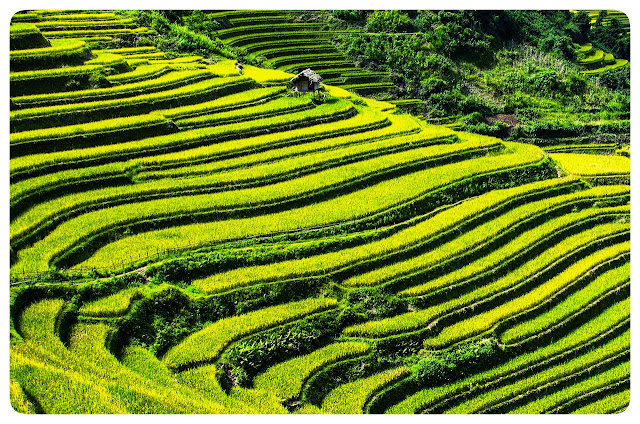Rice, a staple food for over half of of the world's population, holds titanic importance in worldwide agriculture and meals protection. As a number one source of nutrients for billions, rice cultivation has become a cornerstone of agricultural economies throughout the globe. The elaborate tapestry of rice production entails a myriad of things, ranging from climatic conditions and technological advancements to cultural practices deeply embedded within the agricultural traditions of diverse areas.
In this exploration of rice production on a global scale, we delve into the pinnacle 10 rice-generating nations, examining their agricultural practices, technological improvements, and the socioeconomic effect of rice cultivation. From the vast rice paddies of China to the superior farming methods in Brazil, each usa's specific technique contributes to the intricate internet that ensures a constant and sizeable global rice harvest.
1. China :
China leads the world in rice production, contributing significantly to global supply. As of the state-of-the-art available information, China produced over 208 million metric tons of rice annually, accounting for a good sized portion of the arena's overall rice output.
2. India :
India closely follows China as the second one-largest rice producer globally. With an annual manufacturing exceeding 169 million metric tons, India plays a essential role in sustaining global rice availability.
3. Indonesia :
Indonesia stands as a key participant within the worldwide rice marketplace, generating around 63 million metric lots yearly. The us of a's tropical climate and widespread rice cultivation regions contribute to its high production levels.
4. Bangladesh :
Bangladesh is a prime rice-producing state, yearly contributing over fifty three million metric heaps. The united states's agrarian economy closely is based on rice cultivation, making it a critical factor of its agricultural landscape.
5. Vietnam :
Vietnam has emerged as a widespread rice producer, annually contributing round forty three million metric heaps. The united states of america's various agricultural practices and favorable weather make a contribution to its strong rice production.
6. Thailand :
Thailand is a main rice exporter, producing approximately 32 million metric heaps annually. The united states's dedication to exceptional manage and cutting-edge farming practices has located it prominently within the international rice marketplace.
7. Myanmar :
Myanmar, with its tremendous arable land, produces over 26 million metric tons of rice yearly. The agricultural quarter, consisting of rice cultivation, performs a pivotal position within the usa's economy.
8. Philippines :
The Philippines annually produces round 19 million metric heaps of rice. The authorities's initiatives to help rice farmers and improve agricultural practices make contributions to the usa's rice manufacturing degrees.
9. Brazil :
Brazil is a first-rate rice manufacturer inside the Western Hemisphere, contributing over eleven million metric lots annually. The usa's dedication to sustainable agriculture and superior farming technology enhances its rice manufacturing capabilities.
10. Japan :
Japan is a considerable rice manufacturer, contributing around 7 million metric heaps yearly. Despite demanding situations posed through a shrinking agricultural personnel, Japan employs superior technology to maintain a stable rice production output.
In conclusion, these pinnacle 10 rice-generating countries together form the global rice market, addressing the essential function rice plays in meals safety and economies global. Their contributions underscore the importance of rice as a staple meals for billions of human beings globally.







No comments:
Post a Comment